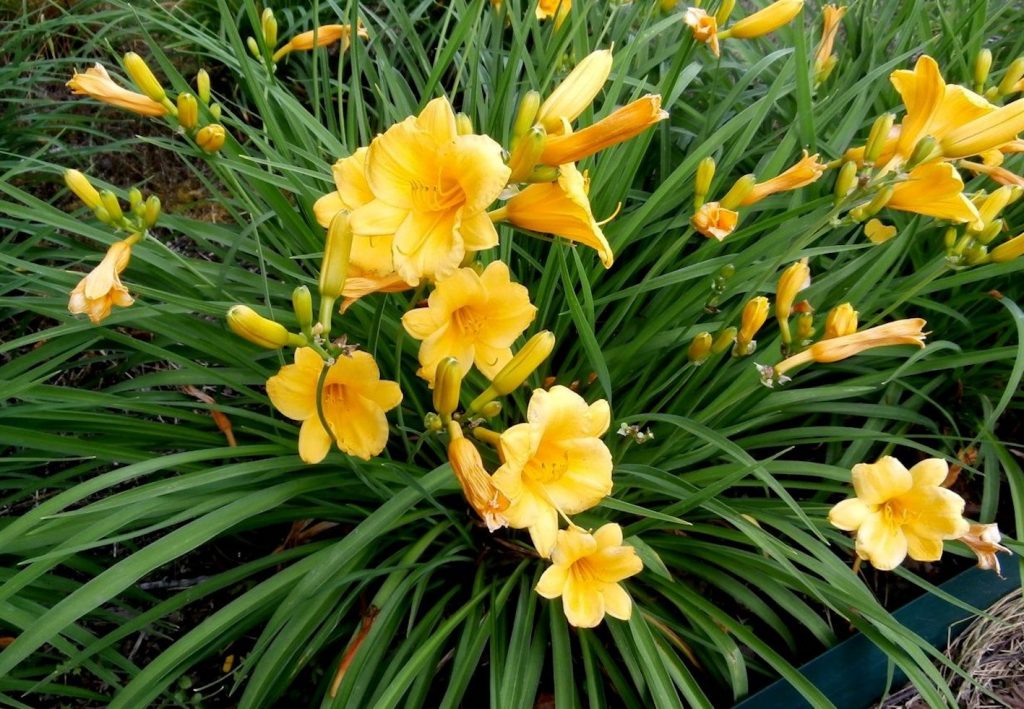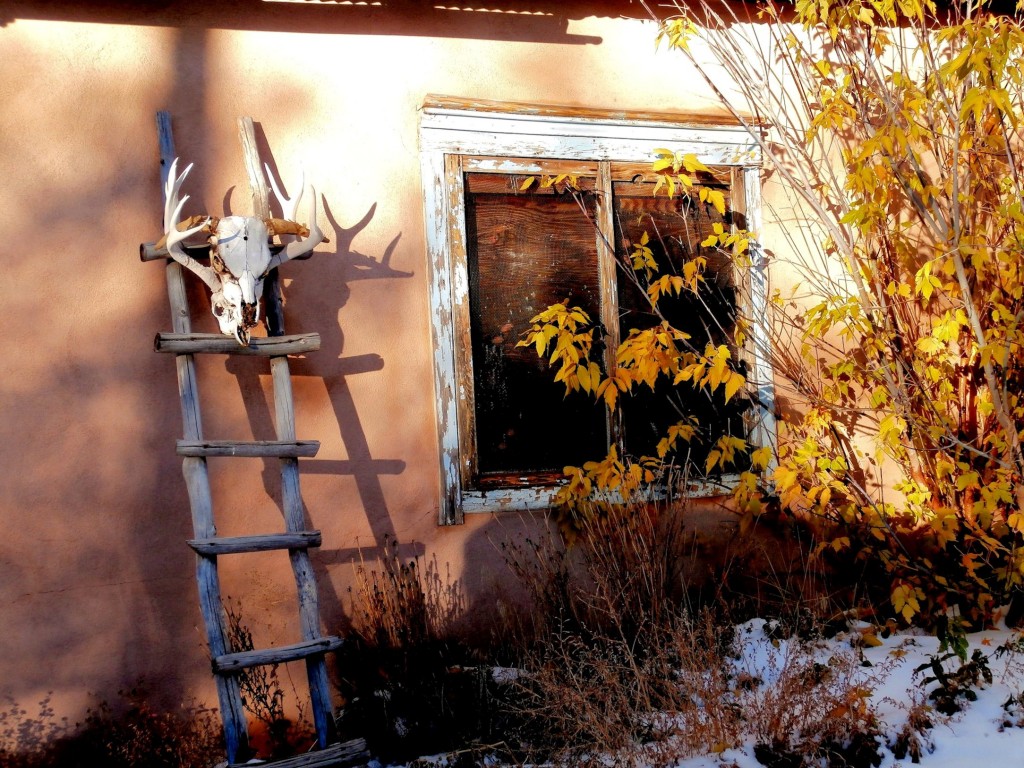Amateur video, but these sisters are anything but amateurs. Love the music.
All posts by Max Vollmer
Salut Salon – Africa from Carnival Fantasy by Camille Saint-Saens
Simply Incredible!!
Good Times in Halifax, Nova Scotia – 2016
Good times in Halifax Nova Scotia!
Gambel Oak
Maple Leaves
Day Lilies
Salut Salon – Escaulo (Astor Piazzolla)
Truchas, NM
Ghost Ranch – Abiquiu, NM

Yesterday, I went back to Ghost Ranch and hiked the 3 miles up to the top of the mesa from which the “chimneys” are slowly eroding. (All photos ![]() Max Vollmer, Click on any image to enlarge)
Max Vollmer, Click on any image to enlarge)





Northern New Mexico
I’ve been getting around. Did a tour of Truchas, NM, last Wednesday, https://en.wikipedia.org/wiki/
Another day we drove over to Abequiu, NM, and Ghost Ranch, https://www.ghostranch.org/, artist Georgia O’Keefe’s country. Old Abequiu, where her last home is located, is a characteristic little New Mexico village clustered around what was once a central plaza. At Ghost Ranch we were treated to some late afternoon/early evening clouds from the recent rains that were lit up beautifully as the sun was setting. The Pedernal, which is a black volcanic truncated cone and sacred to the pueblo people, over to the south, was lurking the whole time under dark grey/ purple clouds with “walking rain” off to one side. “Walking Rain,” if you’re not familiar with the term, is/are rain sheets coming down from passing storm clouds that touch the ground and appear like legs under the clouds. Best viewed from afar in this vast open country.
Last Saturday, I toured the Santuario de Chimayo, http://www.
Then Monday I headed over to Chaco Canyon, https://en.wikipedia.org/wiki/
The weather here at 6,000′ is turning cold (frost at night) although the sun is warm in the daytime. There is already snow on the high peaks nearby.





